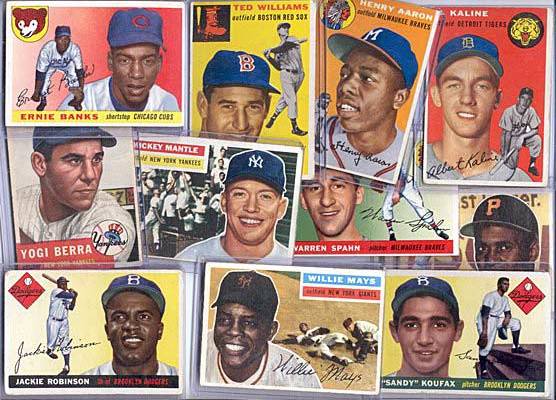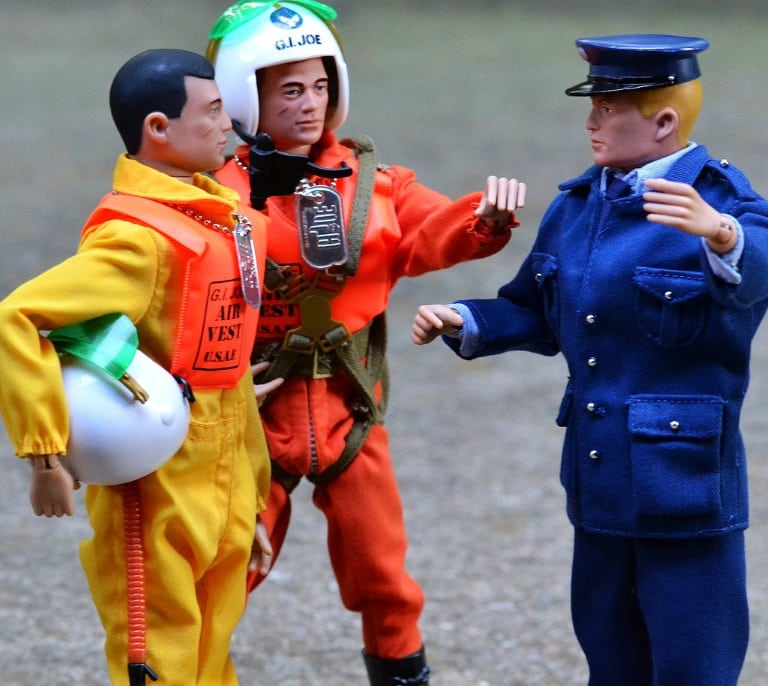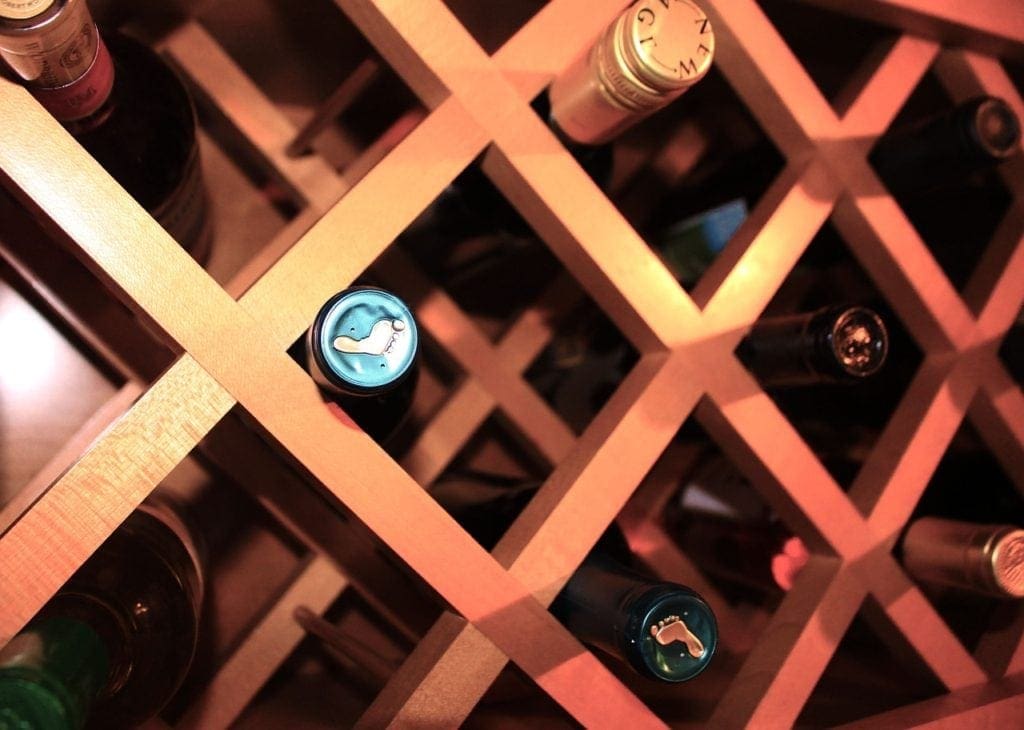How to Organize and Store Your Collection
 As a kid, I would spend countless hours sorting my baseball card collection. I loved to lay out all the cards on the floor of my bedroom and go through them one by one, looking at the facts and figures on the back of the cards and inhaling the aroma of the stale gum that originally came with the packs of cards. Granted, I didn’t own a signed 1953 Mickey Mantle Topps card, but I still cherished those cards.
As a kid, I would spend countless hours sorting my baseball card collection. I loved to lay out all the cards on the floor of my bedroom and go through them one by one, looking at the facts and figures on the back of the cards and inhaling the aroma of the stale gum that originally came with the packs of cards. Granted, I didn’t own a signed 1953 Mickey Mantle Topps card, but I still cherished those cards.
So, I was not surprised to learn that that between a quarter and a third of all adults consider themselves to be collectors of something. Most people collect the obvious things: the above-mentioned baseball cards, stamps (philatelists), or coins (numismatists.) But just about everything you can think of is the source of a collection by someone around the world. Among the weirder things collected would be belly button lint, toenail clippings, umbrella covers, and traffic cones.
Whatever the collection, most collectors need to make several decisions related to the care and display of their collection, including understanding the ideal environment for their collection, how to organize and display their collection, and how to store their collection.
The Right Conditions
Before deciding on where to keep your growing collection, determine the best environment for it. Chance are, if you are to the point where you are having storage issues for your collection, this has already been considered. But a good rule of thumb you’ll want to follow is keeping your collectibles at room temperature or slightly cooler, with a relatively low humidity level. Some humidity in the air is necessary for most collections, but too much humidity can do real damage. The website Comic Collecting suggests keeping comic books at a temperature of between 50 and 65 degrees, with a relative humidity level of 50% +/ 10%, whereas with wine collecting, Wine Spectator suggests keeping the wine at 55 degrees and a humidity level of 70%. Another factor to consider is the amount of light exposure, whether that be direct sunlight, incandescent, florescent, or led light. Be sure to do your research when it comes to the correct levels of light for your particular collection.
 Display Your Collection?
Display Your Collection?
Now that you’ve determined the ideal conditions with which to store your collection, you need to decide on the level of display and access you want. By display, I mean do you want to show off your items to family and friends at any moment? Or is the collection something that you retain specifically for yourself? Say you collect Disney Pins. Do you want to keep in them in a glass case in order to give others the chance to easily view or possibly hold the pins? Or would you prefer to separate them into individual boxes that are labeled for easy organization?
Categorizing Your Collection
Speaking of organization, the next step to managing your growing collection is to categorize them. Depending on the type of item you’re collecting, the way in which you categorize them will be different. But again it depends on how you plan on displaying them. For instance, if you have a sizeable GI Joe collection that you want to show off, you may want to organize them by year of issue or arrange them in action scenes. If you don’t plan on displaying them, perhaps you would prefer to order them by manufacturer or another metric. Many collectors facilitate their organization by using a spreadsheet on computer with columns indicating all attributes related to the collection as well as where the collectible is located. The bottom line is to organize your collection in a way that will allow you to most enjoy it. This could even mean separating your collection into two groups – one group is your display group and are your favorite pieces that you keep on display at your home. The other group is the rest of your collection that can be safely stored away.
 Storing Your Collection
Storing Your Collection
Now that you’ve determined the right conditions for your collection as well as how you’d like to organize and display it, the last decision is where you’ll store your collection. The options include home spaces such as your basement, garage, attic or other rooms, or a storage unit at a storage facility near you.
Wherever you decide to store your collection, the Museums Management Program of the National Parks Service has some great suggestions. They recommend using a “multi-layered” collection storage system composed of successive layers of protection, with the idea being that the more layers there are, the greater level of protection that is achieved. Consider the building/facility, the room or space inside that building, the type of furniture used to store the collection (metal or wood shelves, cabinets, etc,) the containers used such as boxes, trays or other containers (many collectors prefer to store their items in acid-free boxes), and finally what type of packaging or wrapping materials that are used to cover the collectibles. All these layers factor into the overall level of protection afforded your collection.
If you decide to keep your collection in your home, invest in a temperature/humidity meter and place it in the room where you keep your collection. Adjust lighting sources to ensure low UV levels, and make sure access is limited, whether that means locking the room door or other measure.
If you plan on using a storage facility, look for ones that are climate-controlled and that feature steel walls and joists rather than gypsum drywall and wood joists, as these will hold moisture and odors, which will find their way into your collection.
Regular Check-Ups
An additional recommendation is to perform regular check-ups on your collection, especially if you’re storing off-site. By regularly inspecting your collection can confirm that it has stayed in good condition and has not degradated.
Being a collector is a wonderful passion to have. By taking the necessary steps to ensure that your collection is protected, you can then focus on the enjoyable part of your hobby—finding that next treasure.

About the Author: Derek Hines
Digital Marketing Specialist
Derek is originally from the great state of Wisconsin (go Badgers), but is slowly becoming a Pacific Northwesterner. As part of the Digital Marketing team, he writes extensively on storage, moving and life for West Coast Self-Storage, based in Everett, Washington.
